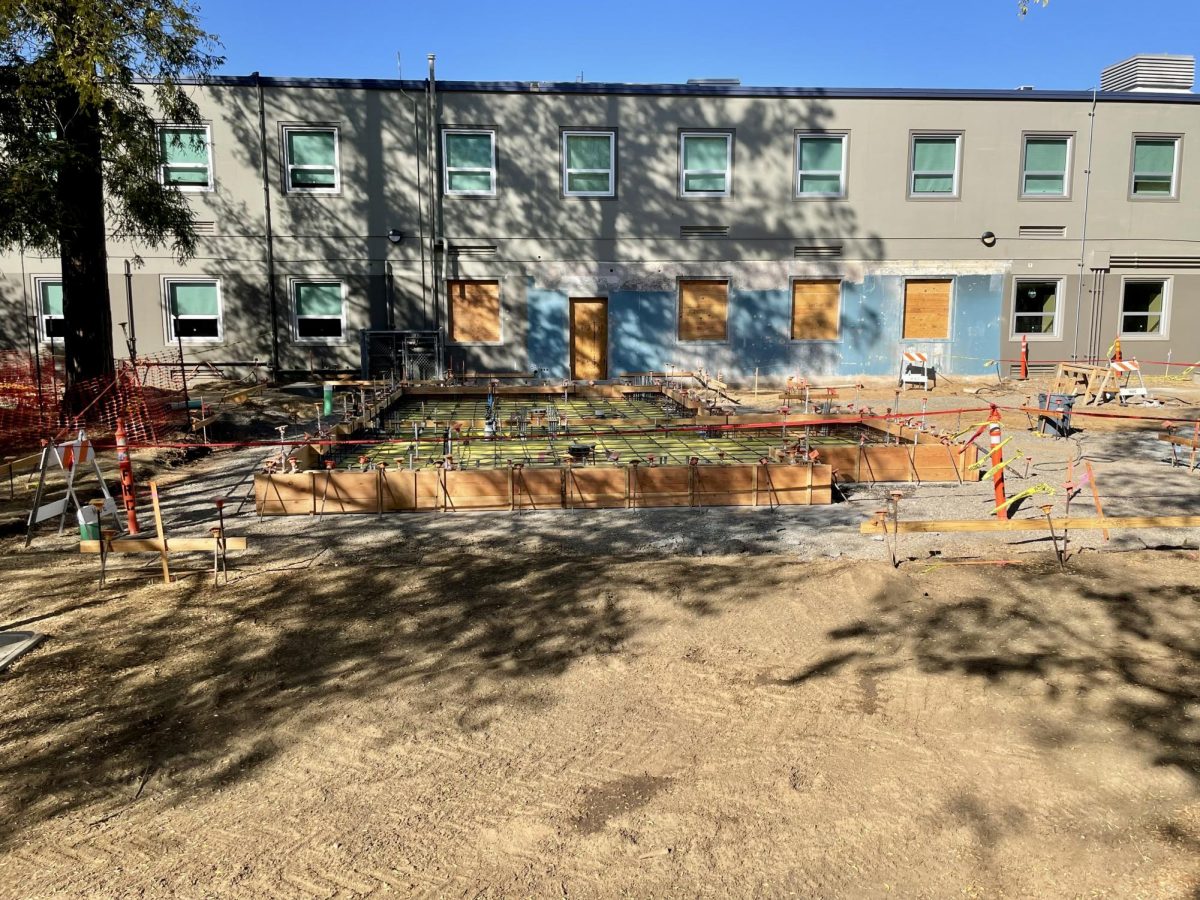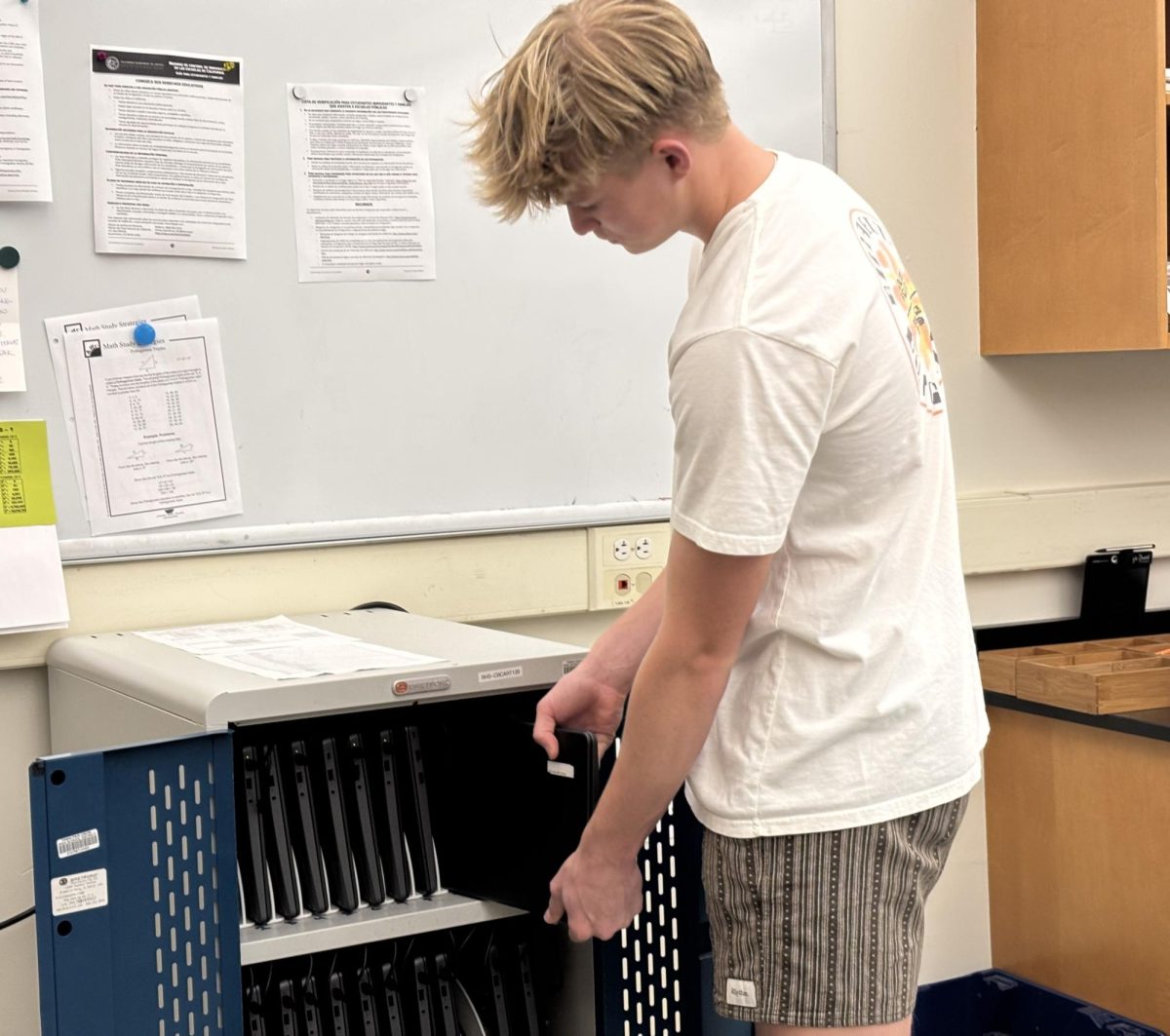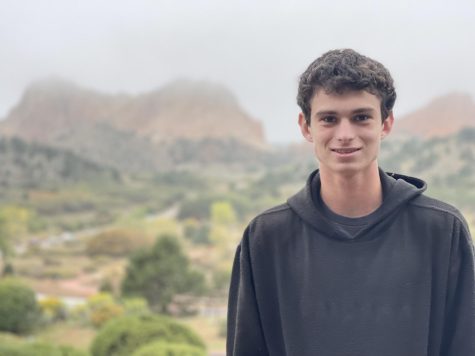In early September, construction began on a new vocational school on the Terra Linda High School campus. This outdoor covered classroom structure and related staffing, equipment and class development is funded by $1.6 million in private donations from 100 different contributors. Students at Redwood and other Marin County high schools can access this educational center via transportation vans for classes after school, on evenings and weekends.
The building will take several months to complete. Once opened, the Marin County Office of Education plans to offer classes in electrical work, plumbing, welding, auto repair, building ventilation systems, health sciences, medical technology and education. This will be a vast expansion of Redwood’s current Career Technical Education offerings, which are limited to engineering, architecture, computer programming and design, digital design and communication, accounting and woodshop.
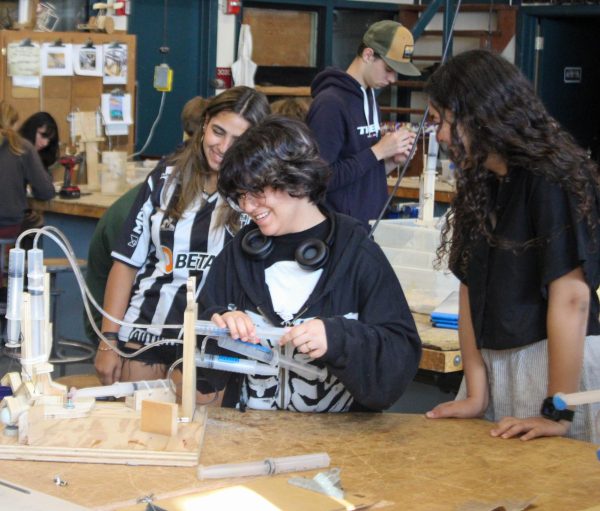
Engineering Projects teacher Tom Eller suspects budget issues are limiting Redwood’s ability to meet current demand for more vocational classes.
“Engineering Projects classes fill up every year. Last year I had 25 Redwood students. It was full by September and it didn’t start until January,” Eller said. “There’s 10 students that have already signed up this year as well. The interest is there.”
Senior Giovana Goncalves mentioned that both her Honors Architecture and Engineering Projects classes are full this year, noting these classes give students lifelong skills.
“When I walked into the ROP [Regional Occupation Program] class, I didn’t know how to turn on a drill or to use a skilsaw,” said Goncalves. “Now I’ve built two sheds. It’s definitely a place where you learn skills for life.”
Marin parents, educators and students share a longtime concern about the conspicuous absence of vocational education programs in its high schools. This shortcoming was the focus of a Marin County Civil Grand Jury report in 2019. The Grand Jury found that approximately 60 percent of Marin high school graduates obtain little or no formal education beyond their high school degree. Their data showed that while 77 percent of Marin County high school graduates go on to college, community college or a certificate program, only half of those students complete those programs.
The lack of vocational education opportunities raises questions about the county’s ability to prepare its youth for the future workforce. One of the primary reasons for the lack of vocational training programs is the county’s historical emphasis on college preparatory curricula.
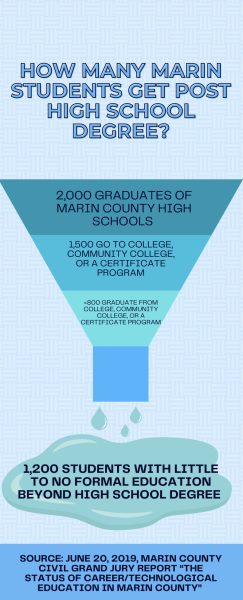
“This [college] focus does not serve the interests of a substantial number of students who will complete their formal education with graduation from high school or who will not ultimately attain a college degree,” the Grand Jury report states.
However, the Grand Jury also acknowledged that Marin does not have the facilities in place to train the significant cohort of students who will work in a trade. Obstacles to addressing this problem include lack of physical resources and eliminating the stigma associated with vocational education. Funding is another significant hurdle, as these programs often require specialized equipment and instructors with industry experience.
To address these challenges, some Marin County residents formed grassroots organizations, such as the non-profit Shifting Gears USA, whose chairman, Ross resident Charles Goodman, helped organize the fundraising campaign for the new vocational school in Terra Linda.
Eller has noticed a positive impact on his students from learning various trade skills.
“Their confidence level went up no matter what class they took,” Eller said. “They can do it and it’s great to see that confidence on their faces at the end of the year.”

